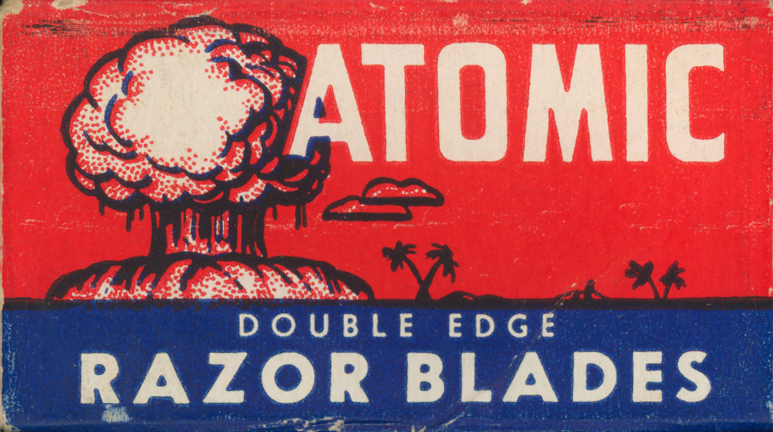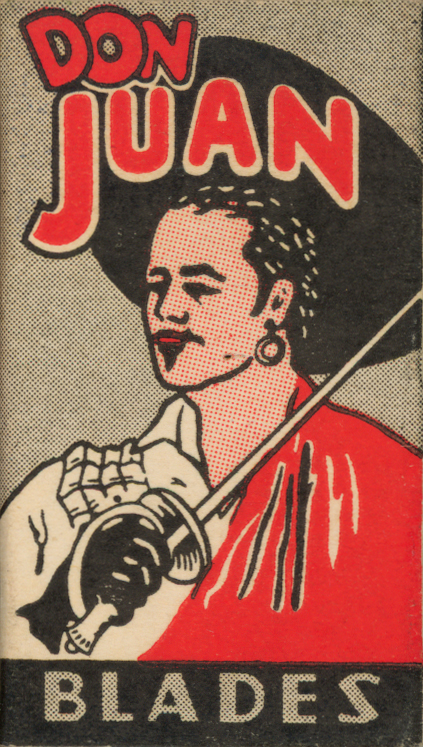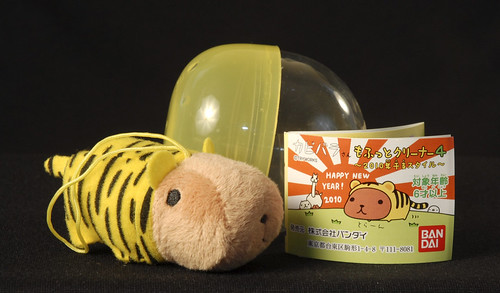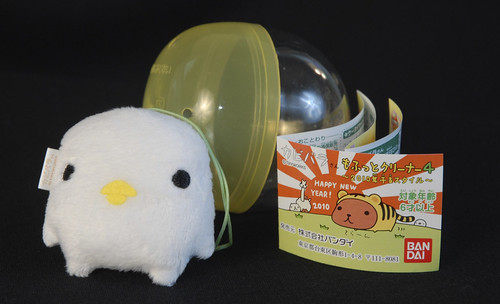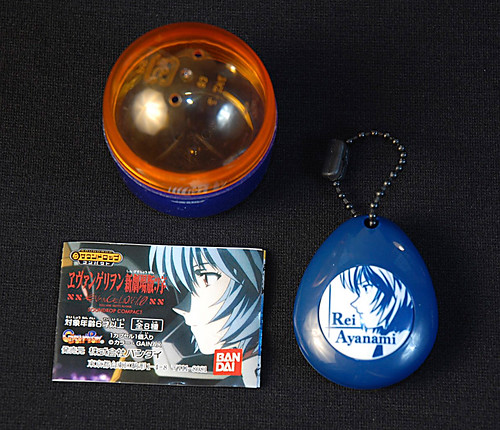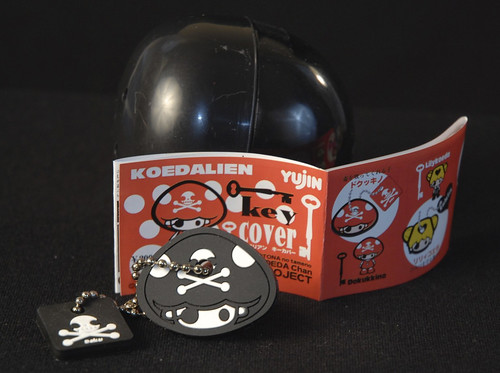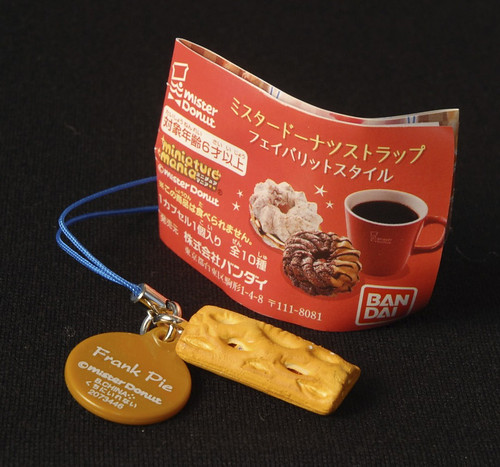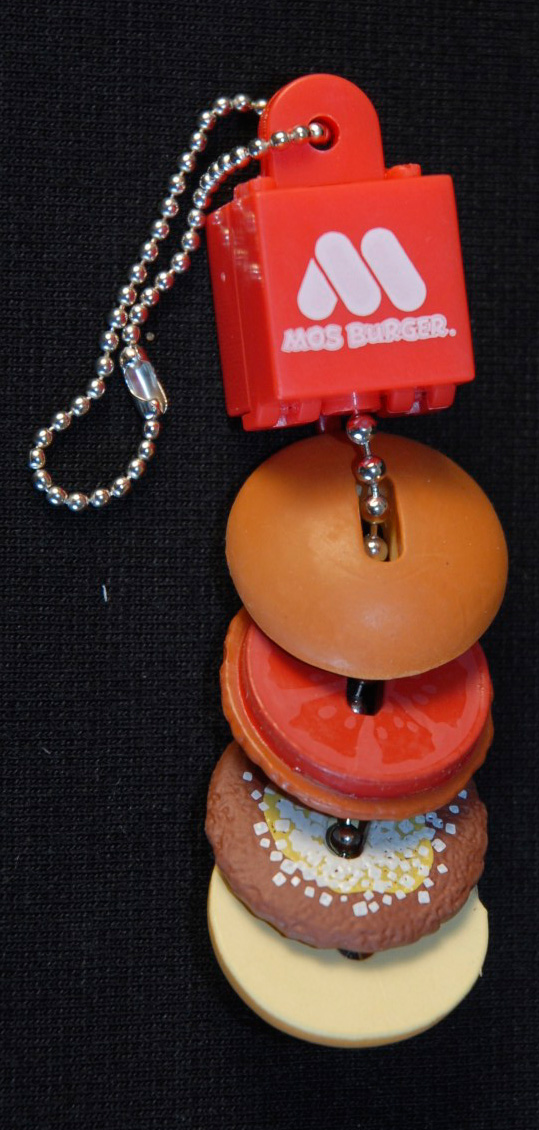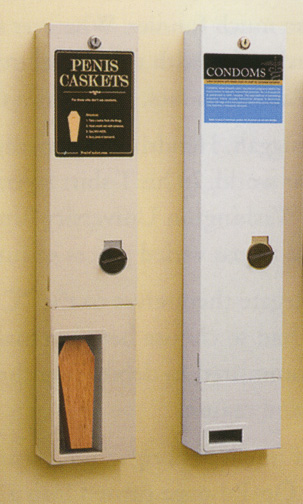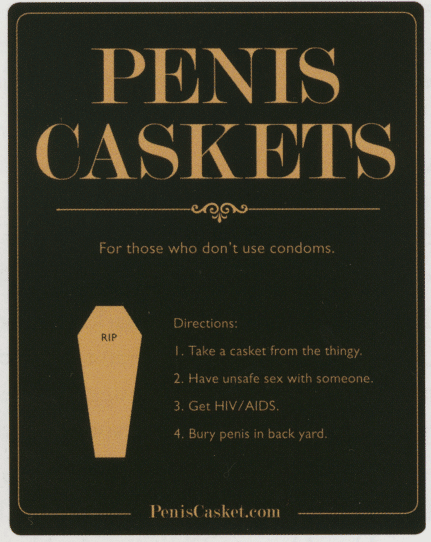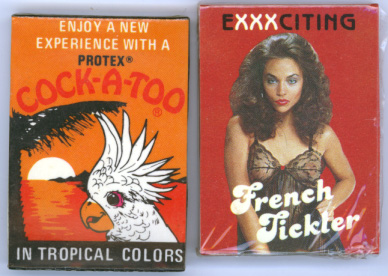Remember the good ole days when the Internet was cool? Must have been, what, 3 years ago? 5? Ages ago. It was so exciting and filled with promise. It seemed poised for an explosion that would fundamentally change the creative world. But now it all seems kind of tired. All the cool kids have left and now it’s a school cafeteria filled with Facebook and YouTube. What happened?
Remember what the Internet was like when it first started? When it was all text and all business, designed to be a nuclear-war proof communication system but opened up to research and academic institutions. Then support for graphics was grudgingly added. But they had to be GIF or JPEG, restricted to 216 “browser safe” colors if you wanted them to appear consistently from screen to screen. Then, as with most good things, it took artists and pornographers to show people how to use a new medium properly. Net.artists like 0100101110101101.org and jodi.org subverted the dominant paradigms and showed us it was possible to unleash unbridled creativity in this new medium.
Some of us were extra thrilled by the World Wide Web. We’d published zines and embraced desktop publishing because of its democratizing power. Before desktop publishing, the ability to get your message out to the world was concentrated in the hands of the elite who had the money to publish books, magazines and newspapers. Desktop publishing, combined with exciting new technologies like laser printers and photocopiers, and access to places like Kinko’s, meant that for a small investment ordinary people could get their thoughts out to dozens, even hundreds of people. It may not sound like much now, but at the time it was huge and revolutionary. The World Wide Web reduced the costs even further, and expanded our audience to the whole world (at least to the portion of it that had Internet access). It was obvious that the World Wide Web would be a world-changer.
Then a lot of amazing things happened. There were real destinations on the Web like Homestarrunner.com that we got excited about. If a friend was visiting who hadn’t heard of it, we’d drag them over to the computer to show them this amazing, hysterically funny thing that a couple ordinary people had done up in their spare time. There was so much coolness happening on the Web that we needed aggregator sites like Boingboing to keep tabs on it all.
Then the Web peaked, but we didn’t notice because it looked like the start of something so big that it would make everything else that had been done on the Web seem boring. Ze Frank’s The Show aired new videos of humor and social commentary every Monday through Friday for a year. Meanwhile, on Thing a Week, Jonathan Coulton recorded and released a new song every week for a year. Both sites leveraged many of the Web’s best new ideas. Jonathan Coulton released everything under a Creative Commons license that encouraged fans to re-record his songs, make music videos, illustrate the songs or creatively engage with the music in any way they saw fit. Ze Frank also provided a variety of ways for fans to extend The Show beyond its short videos, including international collaborative creative challenges.
The Show and Thing a Week seemed like the culmination of everything good about the Internet. Two ordinary guys, self-publishing and becoming international stars. Their work broke down the barriers between author and audience, and made the world potential collaborators. Here’s where the Internet should have blossomed into maturity and become an explosion of creativity and innovation. Instead, once Ze and Jonathan ended their year-long experiments, the Internet appeared to wind down. Instead of looking at this as a starting point, it’s almost like there was a collective, “Well, this is as good as it’s going to get,” and everyone stopped trying.
I think there’s a few reasons why this happened.
Facebook. I blame Facebook, for starters. I think most of us have ideas we want the world to hear. Some of us are more driven than others. For almost two decades it’s been possible for anyone who wants to be heard to get their word out there. It just took a level of skill, effort and expense. Facebook reduces these all to zero, while still providing an audience that can be huge in comparison to other mediums. Unfortunately, there’s little incentive to do better. Take this post, for example. I’m putting more effort into it than anything I’d do on Facebook and yet a fraction of people will read it compared to my most banal post on Facebook. Before Facebook, we had blogs that filled the “I want to be heard” niche. Blogs reduced skill and expense to zero, but still required effort. You had to write, and what you wrote had to be interesting, readable and timely if you wanted to build an audience. On Facebook you have a built-in audience of friends and family who will read anything you post and “like” it. I believe that blogs for some were a gateway to bigger and better things, or at the very least, to better blogging, because the feedback loop encouraged it. The better your blog, the more comments and more traffic you got, which only motivated you to write more and better things. Facebook does the opposite, reducing creative output to a mere popularity contest. At the same time, striving to create content outside of Facebook is discouraged because when you’re starting out, you won’t get the same level of attention and positive feedback that Facebook gives.
It got too easy. For many creative types, it’s not just a desire to be heard that motivates us. It’s the feeling of accomplishment you get when you overcome a creative challenge. There was a time when creating quality content for the Web was challenging. In a short time, though, the tools got easier to use, browsers got more flexible, bandwidth increased, costs came down and everything got very easy. It was around this time that I started doing the Callithump! stuff, creating materials that existed only offline and trying to figure out what sorts of experiences I could create that could only exist off the Web. Around this same time we saw a resurgence in things like silk screening and letterpress, and yarn bombing and the whole “new” craft movement. I think a lot of people who might have once turned their attentions to making interesting things happen on the Web packed up and left for more challenging and “real” creative spaces.
There’s no “there” there. The Internet itself has changed from a specific destination and activity to more of an extension of ourselves. We don’t “surf” the Web now so much as inhabit it. It’s integrated with our daily lives. Even the most modest cell phone now has Internet access. We’re constantly connected in ways we don’t even realize. Getting maps and directions on our GPS, texting, checking stocks, looking up recipes in iApps, watching movies on Netflix On Demand. Not long ago we accessed the Internet through a specific device, a computer, with a specific application, a web browser. Things like Homestar Runner and The Show and Thing a Week are destinations that require attention and involvement in order to work, just like the Internet itself at the time.
Will the Internet ever be cool again? Technologically, all the pieces are there for a creative explosion the likes of which the world has never seen. We’re at a paradoxical point where although the media monopoly is stronger than ever, the mediums themselves are the most democratic they’ve ever been. The tools are easier and more affordable and there’s a diversity of publishing platforms. Whatever your creative desire, you have the means to reach a wider audience than at any point in history. We could be doing amazing things. I should be doing amazing things. And I will, once I get done updating my Facebook status.
